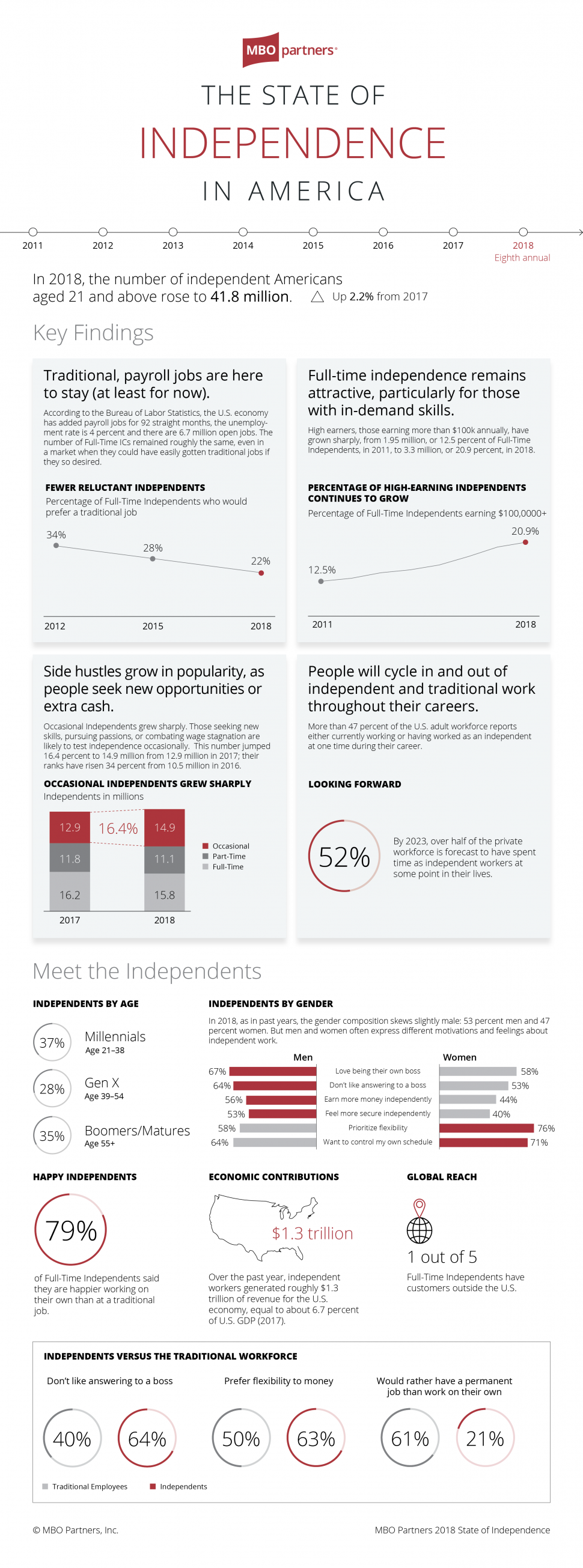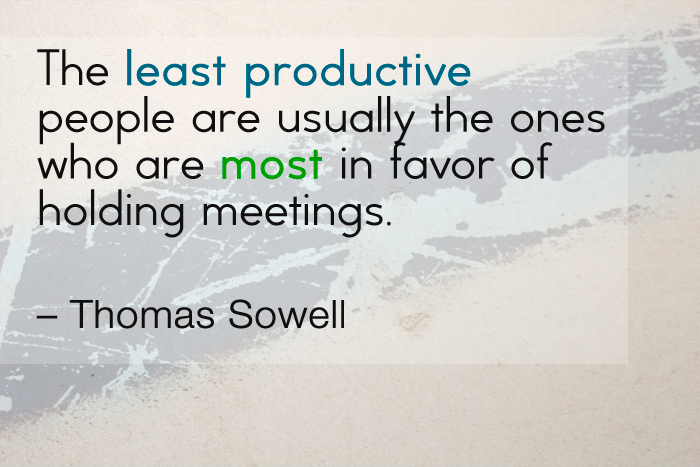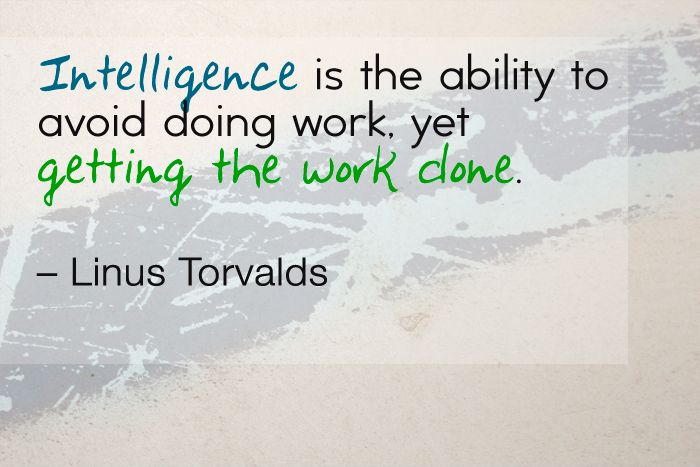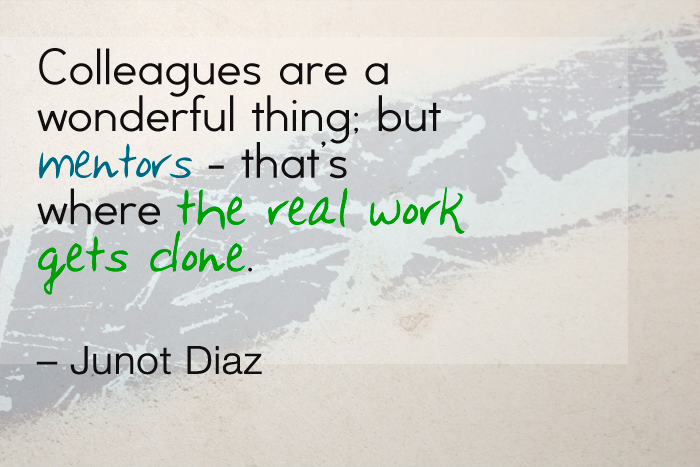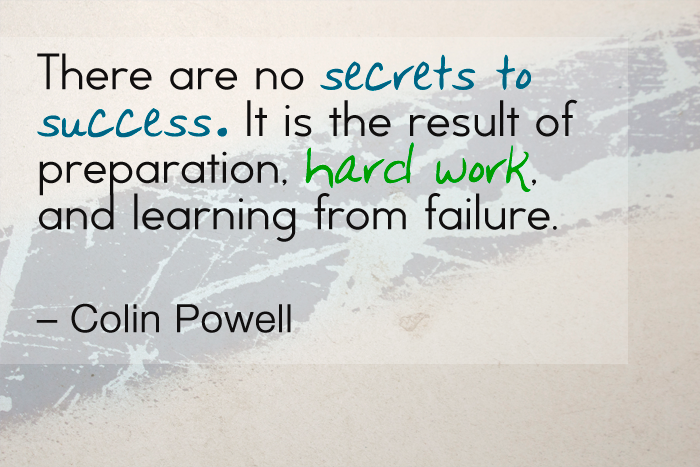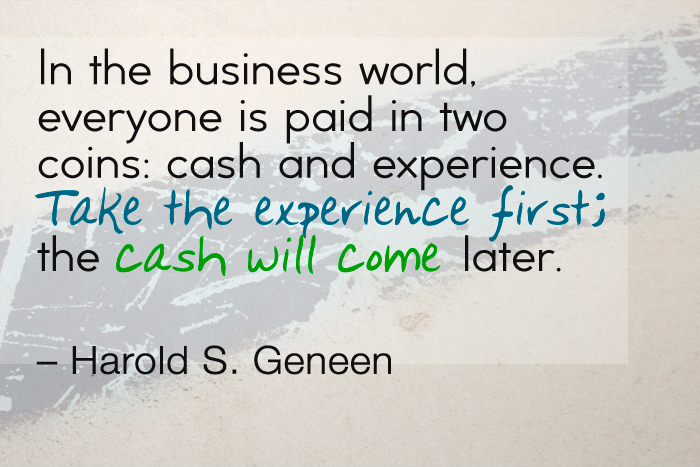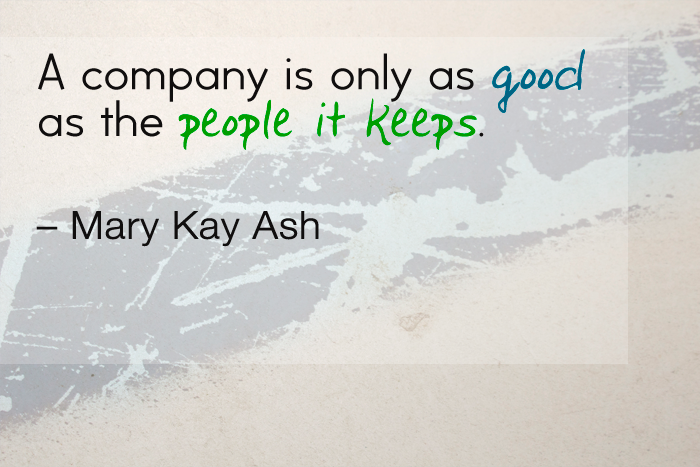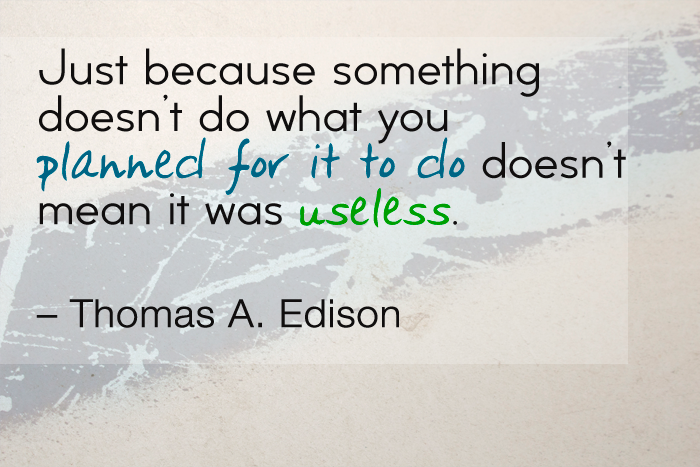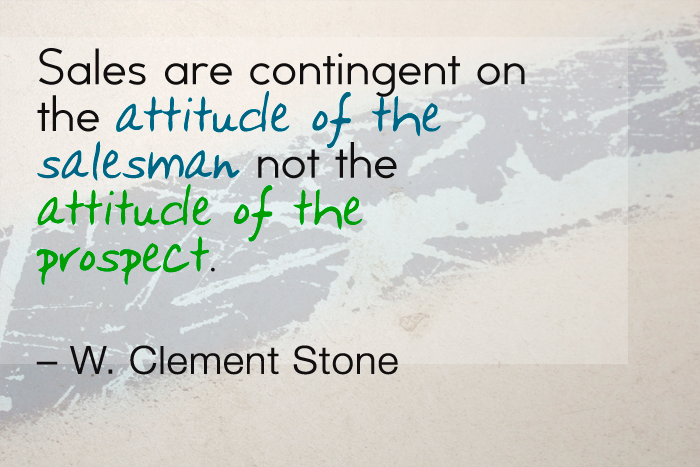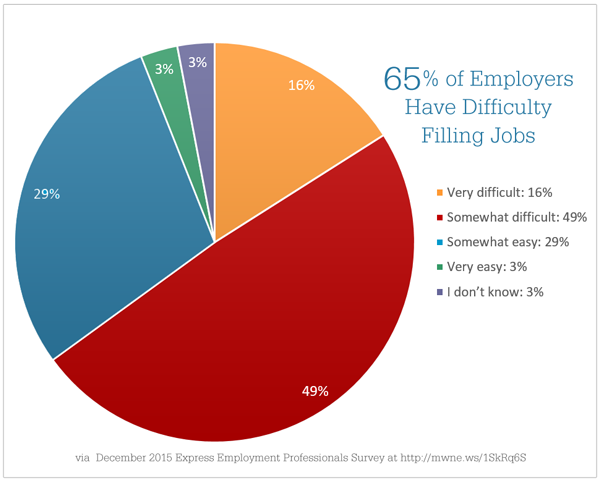The number of U.S. full and part time independent workers soared over 42 million in 2018. Businesses who find ways to serve and sell to independent workers have a lot to gain.
6 Ways to Sell More to Independent Workers
The number of U.S. full and part time independent workers rose astronomically from 2011 to 2018, going from 16 million to just over 42 million people over the 8 year span, according to MBO Partners State of Independence in America survey. During the same time period, the number of high-earning independents (earning over $100,000 annually) went from 12.5 percent of indies to over 20 percent – more than 3 million workers. By 2023, over half of American workers will have worked as an independent worker at some point during their career.
What is an Independent Worker?
Independent workers are people 21 years old and older who are self-employed as freelancers, contractors, consultants, temporary and on-call workers or who are working on fixed-term employment contracts expected to last less than one year. In addition to adding numbers to their ranks, the study found that independent workers:
- Generate more than $1.3 trillion to the economy
- Are multi-generational – Full-Time Indies are comprised of 37% Millennials, 28% Gen X and 35% Boomers/Matures
- 79% are happier working on their own than at a traditional job
- Love having the ability to control their own schedules, with 76% of women and 58% of men saying that flexibility was the key reason for choosing the independent route, and 71% of women saying they wanted to control their own schedule
- Love being their own boss, with 67% of men and 58% of women citing this as their top reason for choosing independent work
- Know no borders – 1 in 5 have customers outside the U.S.
Since the post-recession economic recovery has been described as a jobless recovery, it’s not really surprising that entrepreneurial-minded and professionally ambitious workers turned to independent work as a primary or secondary source of income during recent years. Given the rate at which this segment is expected to continue to grow, businesses who find ways to serve and sell to independent workers have a lot to gain.
6 Ways to Win the Hearts, Minds, and Purchases of US Solopreneurs
Scale Offers and Options
If it were easy, everyone would do it. The truth is, it’s not always easy to scale offers to the size, scope and price a solo-preneur would find affordable and attractive that will also still be profitable for a business to sell; but the long term benefits could be well worth it. As independent workers become small business owners and continue to grow, these early partners – businesses that cared enough to tailor programs to help independent workers – stand to win.
Find Common Ground
Independent workers might not be able to meet you during a 9-5 workday or come to a downtown office location. In fact, meeting at a large corporate site might be intimidating or even be a turn off to independent workers, who might feel like they don’t belong or who don’t want to be part of a big organization.
Meet independents on their own ground, a coffee shop or another neutral site, or connect online (virtual ground) and be prepared to accommodate their schedules.
Invest in Gathering Places
Sponsor events or extend meeting space to local indies who might have difficulty finding locations suitable for customer events. Consider advertising with co-working office spaces. Host solo-preneur networking events and workshops.
All of these entrepreneur-friendly actions position your business to be able to sell to independent workers now, help you establish brand awareness and trust that brings them back to you when they need your services or products at a later time, or help you win with referrals as they tell other small business owners about your presentation or brand.
Give Away Expertise
Providing your expertise as an event speaker, coach or mentor might cost you little more than a few hours each month, but might be invaluable to the independent workers who benefit from your experience and advice. Starting a regular podcast or hosting webinars gives you a low-cost entrepreneur marketing tactic that can generate a wide following and leads among Indies.
Scale this type of give-away by building email contact databases segmented so that you can keep your brand in front of independent workers by providing them advice and content via email on a regular basis.
Support Indies with Online Content
As with any other vertical, starting the conversation with independent workers and educating them along the buying journey is critical. Publish white papers, reports, statistics and apps that can help independent workers and small business owners find – and trust – your business. Dedicate web landing pages and blog articles to topics that are likely to interest and engage indies. Use social media to engage and dialogue with them.
Demonstrate the Long-Term Value of Partnership
One size does not fit all, especially when it comes to independent workers. Although frugality and caution can be found in buyers of any-size organization, it’s even more imperative for independent workers to maximize the return on investment for each and every dollar they invest in improving their business.
You might also like: What Small Business Owners Wish They Knew at the Start-Up
Put the value of your partnership into language and numbers they can understand, and show them how your business works to ensure they get the best results from the services or products they buy from you. Success shouldn’t be measured only by whether your business achieved its goals, but also by the extent to which your business helped its clients achieve theirs.
It is this type of mindset that can help you win the hearts, minds and purchases of independent workers, and it is this type of mindset that will receive the most gratification when your clients leverage your products or services to grow.
